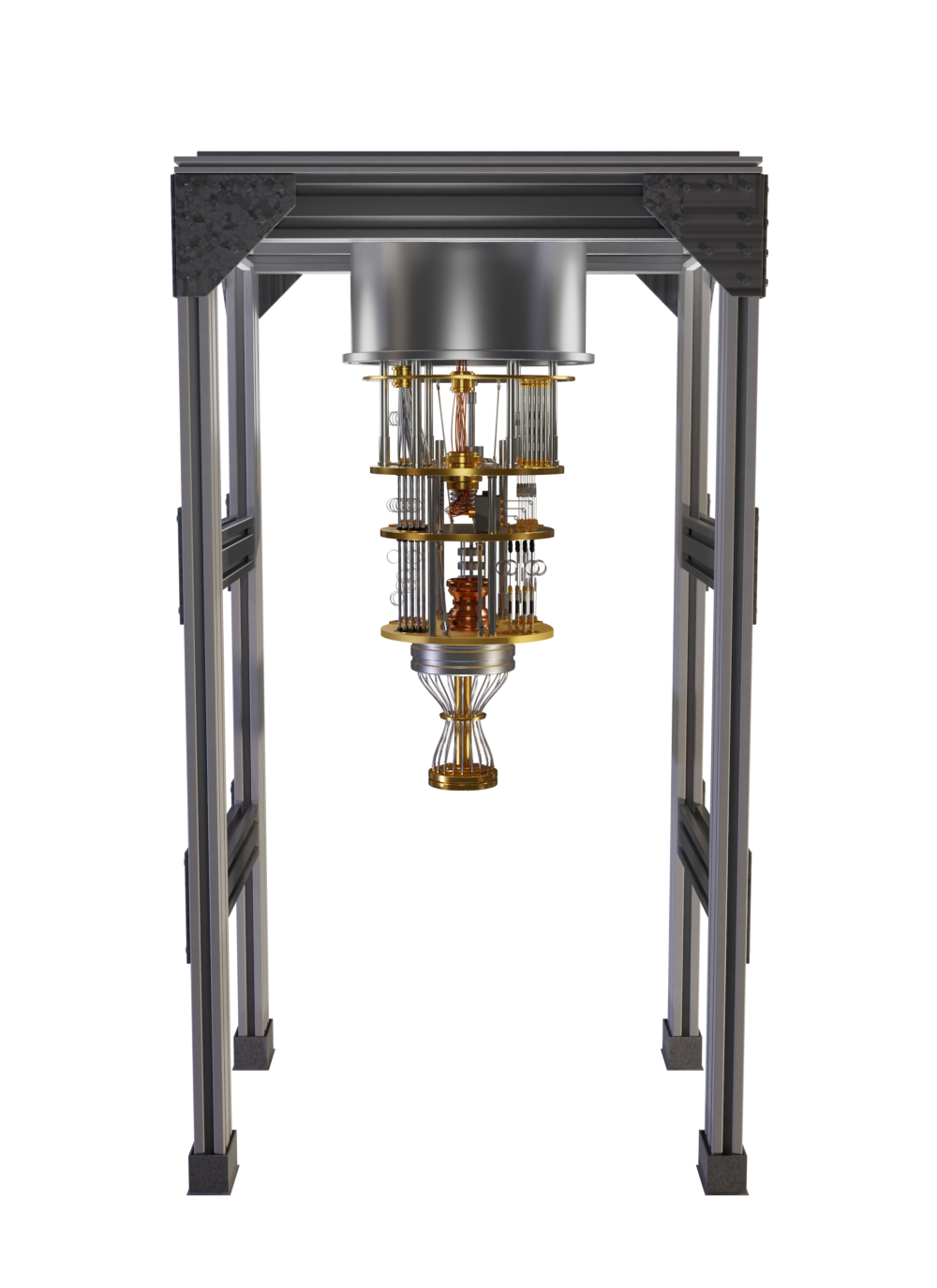Sam Learner
 They call it Q-day. That is the day when a robust quantum computer, like this one, will be able to crack the most common encryption method used to secure our digital data.
They call it Q-day. That is the day when a robust quantum computer, like this one, will be able to crack the most common encryption method used to secure our digital data.Q-day will have massive implications for all internet companies, banks and governments — as well as our own personal privacy.
We know that this will happen one day. The only question is when.
For the moment, quantum computers, which exploit the spooky physics of subatomic particles, remain too unstable to perform sophisticated operations for long. IBM’s Osprey computer, thought to be the most powerful quantum computer yet developed, only has 433 qubits (or quantum bits) when most computer scientists consider it would take 1mn to realise the technology’s potential. That may still be a decade away.
But in 1994 the American mathematician Peter Shor wrote an algorithm that could theoretically run on a powerful quantum computer to crack the RSA encryption protocol most commonly used to secure online transactions. The RSA algorithm exploits the fact that while it is very easy to multiply two large prime numbers, no one has yet discovered an efficient way for a classical computer to perform the calculation in reverse. Shor showed how a quantum computer could do so relatively easily. A recent research paper published in China explored the possibility that a hybrid classical-quantum computing approach might be able to pull Q-day forward.
Excited by the possibilities of building the first robust quantum computer, and terrified by the prospect of coming second, the world’s leading powers are now in a race to develop the technology. Not only can quantum computers be used to crack existing encryption methods, they can also be used to secure communications in a quantum world — and governments, corporations and venture capitals have been investing heavily with a view to commercialising the technology.
But how does quantum computing actually work? To understand the answer, first you need to understand how a classical computer functions.
No comments:
Post a Comment